It started with my Mexican neighbor, Señora Rodriguez. Her patio always carried the scent of mesquite and spice, drawing me in like a moth to a flame.
One summer evening, I asked her what was cooking. “Smoked beef cheeks,” she said with a warm grin, pointing to a covered smoker wafting with promise. I had never tried them before, but that tender, flavorful bite changed everything.
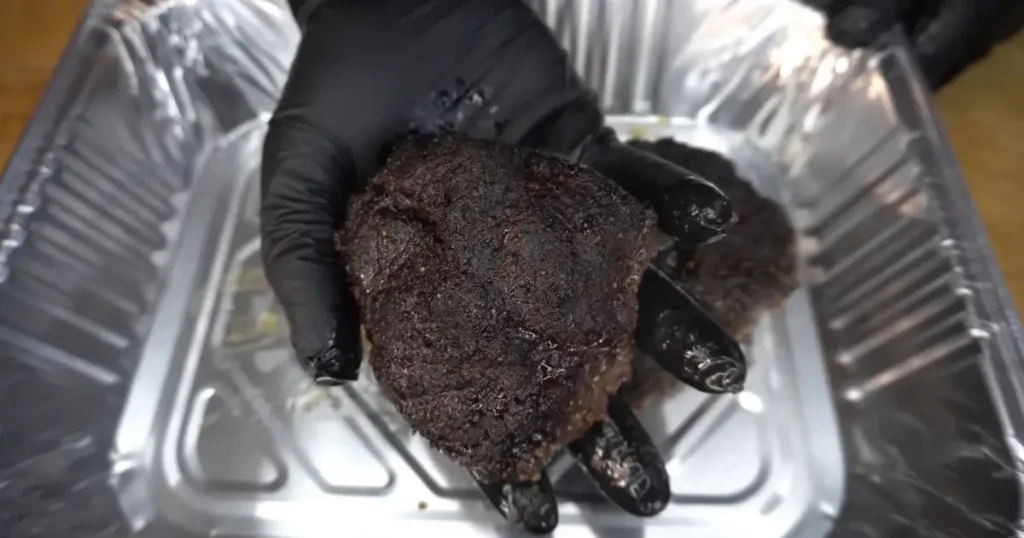
Since then, smoking beef cheeks has become one of my culinary rituals—especially when I want to impress without spending a fortune.
Table of Contents
What Are Beef Cheeks?
Beef cheeks come from the facial muscle of the cow. Because this muscle works constantly—chewing cud all day—it is rich in collagen and dense muscle fibers. When slow-cooked, those tough fibers melt into gelatin, giving the meat a silky, succulent texture unrivaled by more common cuts.
Why Smoke Beef Cheeks?
Smoking beef cheeks turns a tough, underrated cut into a barbecue treasure. The long, low heat allows smoke to infuse deep into the fibers, while the slow render transforms the collagen into luscious richness.
Unlike other cuts, smoked beef cheeks develop a bark and pull-apart tenderness that makes them perfect for tacos, sandwiches, or elegant entrees. Their affordability and luxurious taste are making them stars in BBQ circles worldwide.
Selecting and Preparing Beef Cheeks
I remember the first time I went shopping for beef cheeks. The butcher looked surprised. “You sure about that cut?” he asked.
I smiled and nodded, that day I learned two things: one, you often have to ask specifically for them, and two, a little prep makes a big difference.
How to Choose the Best Beef Cheeks
When selecting beef cheeks:
- Look for marbling: The best cheeks will have visible intramuscular fat, which keeps them juicy during smoking.
- Check the size: A good beef cheek usually weighs between 400-700g. Smaller ones cook faster but may dry out.
- Color matters: Choose cheeks with a deep red color and minimal discoloration.
- Source quality: Grass-fed beef often has a richer flavor but can be leaner. Grain-fed cheeks tend to be fattier and more forgiving to cook.
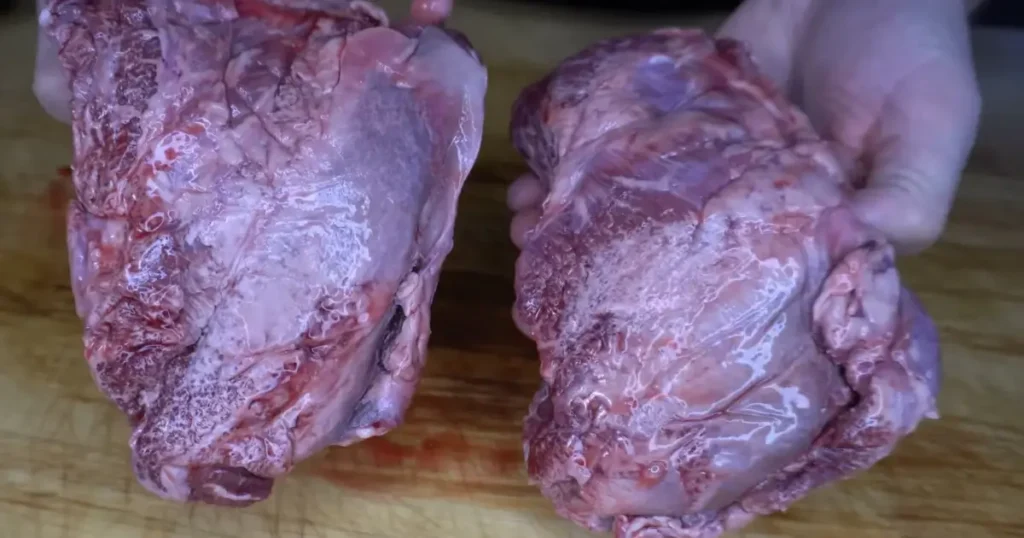

Trimming and Cleaning the Meat
Before smoking, cheeks require careful trimming:
- Remove silverskin: This tough membrane does not break down during cooking and must be trimmed off.
- Trim excess fat: Too much external fat can block smoke penetration.
- Uniformity helps: Try to shape the cheeks evenly so they cook at the same rate.
Optional Marinades and Rubs
Although not necessary, marinating beef cheeks overnight can infuse flavor deeply. I occasionally marinate in:
- Citrus and garlic for brightness
- soy sauce for richness
Alternatively, apply a dry rub before smoking. Here are some common flavor profiles:
- Smoky-spicy: Paprika, cayenne, cumin
- Sweet-savory: Brown sugar, mustard powder, black pepper
- Herbaceous: Thyme, rosemary, onion powder
Proper preparation is the first step to unlocking the potential of this overlooked cut.
Beef Cheeks Smoking Techniques and Tools
The first time I fired up my Kamado smoker for beef cheeks, I was nervous. Would I mess up the temperature? Could I maintain the smoke? But as the aroma started to rise, I knew I was onto something magical.

Best Smokers for Beef Cheeks
Each type of smoker offers unique benefits for smoked beef cheeks:
- Pellet smokers
- Pros: Consistent temperature control, ease of use
- Cons: Less intense smoke flavor
- Offset smokers
- Pros: Stronger smoke profile, ideal for bark formation
- Cons: Requires frequent tending
- Kamado-style smokers
- Pros: Excellent heat retention, great for long cooks
- Cons: Takes practice to master airflow
Wood Selection and Smoke Profile
Selecting the right wood impacts the flavor dramatically:
- Cherry wood: Sweet and mild, adds a reddish hue
- Oak: Classic BBQ smoke, robust but not overpowering
- Hickory: Bold and smoky, ideal for strong palates
I typically combine cherry and oak for balanced complexity.
How to Smoke Beef Cheeks Step-by-Step

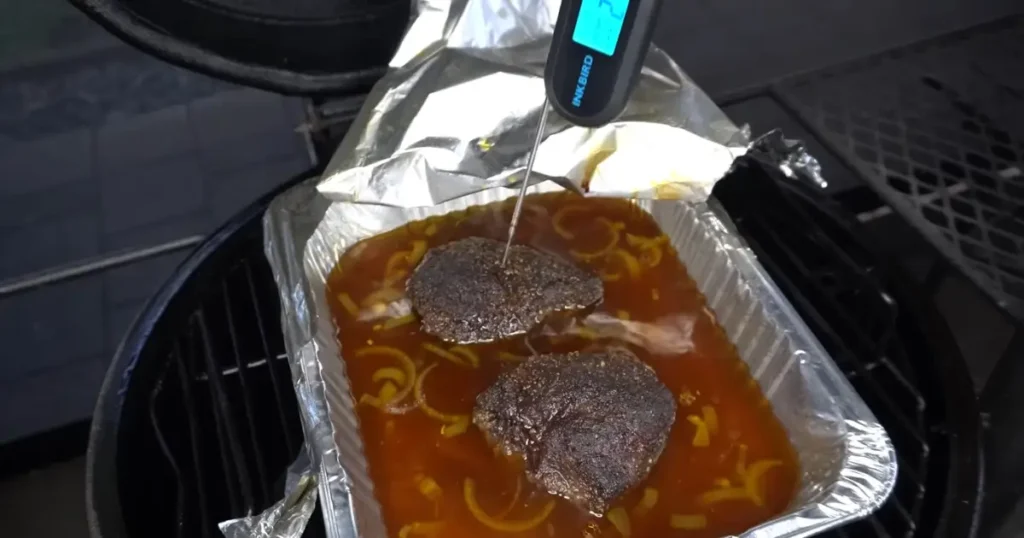
- Preheat the smoker to 120°C / 250°F.
- Apply rub and let the cheeks come to room temperature.
- Place on indirect heat, preferably using a water pan to maintain humidity.
- Smoke for 2-3 hours, or until a dark bark forms.
- Wrap the cheeks in foil or butcher paper when the internal temperature hits 75-80°C.
- Return to the smoker and continue cooking until internal temp reaches 95-100°C.
Resting After the Smoke
Resting is crucial. I place the wrapped cheeks in an insulated container or let them sit in their juices inside a foil tray.
- Resting time: Minimum 30 minutes
- Why it matters: It allows juices to redistribute, enhancing tenderness and flavor.
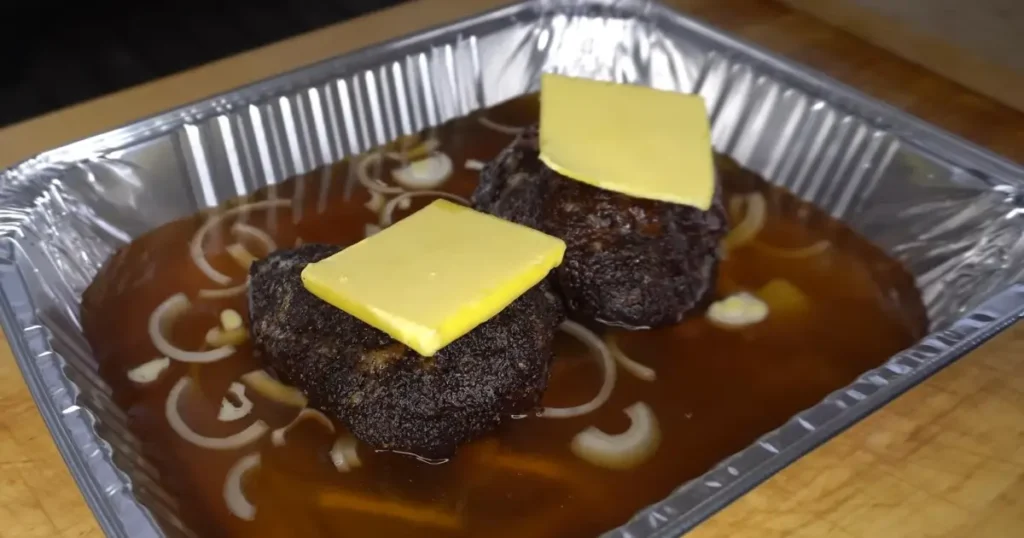
Proper smoking technique transforms beef cheeks on smoker into a delicacy that feels gourmet but tastes like home.
Seasoning and Flavor Enhancements
My Aunt Clara once told me, “The secret’s in the seasoning.” She was right. While the smoke does much of the work, the right blend of spices and liquids elevates barbecue beef cheeks to the next level.
Choosing the Right Rub
You can go store-bought or homemade. I prefer the latter. It allows control over salt content and flavor profile.
- Homemade blend:
- 2 tbsp smoked paprika
- 1 tbsp ground cumin
- 1 tbsp garlic powder
- 1 tbsp onion powder
- 1 tsp cayenne pepper (optional)
- 2 tbsp brown sugar
Mix and coat the beef cheeks evenly before placing them on the smoker.
Basting and Spritzing Options
Keeping the cheeks moist during smoking helps develop the bark and prevents drying:
- Spritz every 45 minutes with a mix of:
- Apple cider vinegar and water
- Beef broth and garlic juice
This not only maintains moisture but builds layers of flavor on the crust.
Sauce Pairings for Smoked Beef Cheeks
Once smoked, beef cheeks pair wonderfully with:
- Bold BBQ sauces – vinegar-based for tang, molasses-based for richness
- Latin-style sauces – like chimichurri or salsa verde for freshness
Apply sauce only in the last 15 minutes of cooking, or serve on the side to preserve bark integrity. Whether dry or sauced, smoked beef cheeks are a celebration of layered flavors.
Serving Smoked Beef Cheeks
When my mom tasted smoked beef cheeks for the first time, her eyes widened. “This is better than brisket!” she exclaimed, reaching for seconds. And honestly, she was right. The versatility of this cut makes it ideal for a range of serving styles.
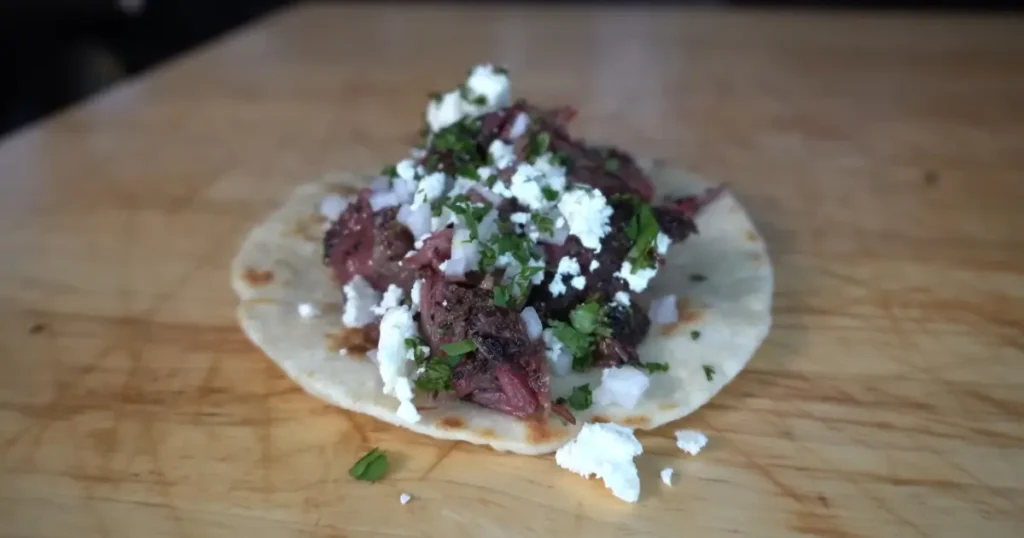
How to Shred and Serve
Once rested, you can shred the cheeks much:
- Use two forks to gently pull the meat apart.
- For a chunkier texture, slice it thickly with a sharp knife.
Serving Ideas:
- In beef cheek tacos with pickled onions and cilantro
- Piled high on toasted brioche buns with BBQ sauce
- Layered over creamy mashed potatoes with gravy
Side Dishes that Pair Well
The richness of smoked beef cheeks calls for well-balanced accompaniments:
- Hearty Sides: Mac and cheese, baked beans, garlic mashed potatoes
- Fresh Options: Coleslaw, arugula salad, citrus-marinated veggies
Balancing the fat with something acidic or refreshing enhances the overall meal.
Creative Presentation Ideas
To impress guests or elevate a backyard meal:
- Serve cheeks over a sweet corn purée with roasted peppers
- Create a deconstructed taco board with cheek meat as the centerpiece
However you choose to present it, smoked beef cheeks never fail to make a lasting impression.
Mistakes to Avoid and Troubleshooting
Not every smoked meat journey goes off without a hitch. I still remember the time I rushed the process, skipped the rest, and ended up with meat that was chewy and dry. Learning from those mistakes helped me master the art of smoked beef cheeks.
Common Pitfalls in Smoking Beef Cheeks
- Overcooking: Going far past the recommended internal temp can dry out the meat.
- Undercooking: Cheeks need to reach at least 95°C internally to become tender. Anything less, and they stay tough.
- Lack of bark: Insufficient time exposed to open smoke or a too-wet surface can prevent crust formation.
- Excessive smoke: Too much smoke, especially from woods like mesquite, can make the cheeks bitter.
Tips for Moisture and Tenderness
- Use a water pan to maintain humidity in your smoker.
- Wrap the cheeks once the bark is formed to retain moisture during the final cook.
- Always rest in the braising liquid if used—it deepens flavor and softens the meat.
- Probe for tenderness, not just temperature. A skewer should slide in with minimal resistance.
Every pitmaster faces hiccups. What matters is learning to troubleshoot and refine your technique each time.
FAQs About Smoked Beef Cheeks
I often get asked the same set of questions when serving up my favorite smoked dish. Here are some answers that may help first-timers or even seasoned grillers explore smoked beef cheeks with confidence.
Is Beef Cheek Good for Smoking?
Absolutely. The high collagen content makes it perfect for low and slow cooking. When smoked correctly, beef cheek becomes incredibly tender and flavorful, surpassing more expensive cuts in richness and depth.
How Long to Smoke a Beef Cheek?
On average, it takes 5 to 6 hours:
2–3 hours unwrapped to build bark and absorb smoke
2–3 hours wrapped to finish rendering collagen
Always use a thermometer and aim for 95–100°C internal temperature. But even more important—use the probe test to check tenderness.
Are Beef Cheeks Expensive?
Surprisingly, no. Beef cheeks are among the most affordable cuts available, often priced well below brisket or short ribs. This makes them a hidden gem for those who love BBQ on a budget.
Is Beef Cheek Like Brisket?
Yes and no:
Similarities: Both benefit from slow cooking, develop a rich bark, and shred well.
Differences: Cheeks have more collagen and a silkier texture, while brisket is grainier and larger in size.
Trying smoked beef cheeks offers a whole new appreciation for how versatile and rewarding slow-cooked BBQ can be.
Final Thoughts and Bonus Tips
Reflecting on all the batches I have made—from smoky failures to unforgettable feasts—I can confidently say that smoked beef cheeks are a revelation for any BBQ enthusiast.
Their ability to deliver deep, beefy flavor with tender texture, all while remaining cost-effective, is something that keeps me coming back.
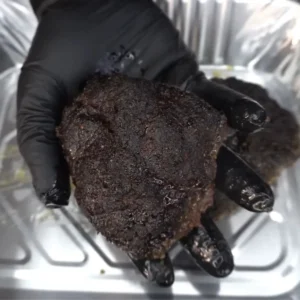
Smoked Beef Cheeks Recipe
Ingredients
- 2 Beef cheeks 1.1–1.4kg total
- 2 Tbsp Worcestershire sauce
- 3 Tbsp Norfolk Smoke Pit – Brew & Briskets rub
- 1 Chunk Cherry wood for smoking
- 500 ml Beef stock
- 2 Tbsp Brown sugar
Instructions
- Trim the beef cheeks by removing all exterior fat and silverskin without worrying about over-trimming, as the cheeks stay moist due to collagen content
- Coat the cheeks with Worcestershire sauce followed by a light dusting of Norfolk Smoke Pit – Brew & Briskets rub or your preferred BBQ rub
- Preheat your Kamado Joe or other smoker to 121°C (250°F) and add a chunk of cherry wood
- Place the seasoned cheeks on the smoker for indirect cooking and smoke for 2–3 hours until you’re happy with the bark or until the internal temperature reaches 77°C (170°F)
- Transfer the smoked cheeks to a foil tray and pour in enough beef stock to cover about a third of the meat
- Sprinkle brown sugar over the beef cheeks for added flavor
- Cover the tray tightly with foil and return it to the smoker for another 2–3 hours until the cheeks are probe-tender and pull apart easily, with an internal temperature of 96–102°C (205–215°F)
- Let the cheeks rest in the braising liquid for 30 minutes
- Shred the beef cheeks in the braising liquid and serve as desired; they are excellent in tacos or on creamy mashed potatoes
Notes
- Inject the beef cheeks with a mixture of beef broth and your favorite hot sauce before smoking to add extra flavor
- Serve the smoked beef cheeks in tacos or over mashed potatoes for a rich and satisfying meal
- Use a water pan in the smoker to maintain moisture throughout the long cook
- Wrapping the cheeks once the bark forms ensures a tender final texture
- This recipe is forgiving, so do not worry about over-trimming; the cheeks will stay moist thanks to their natural collagen

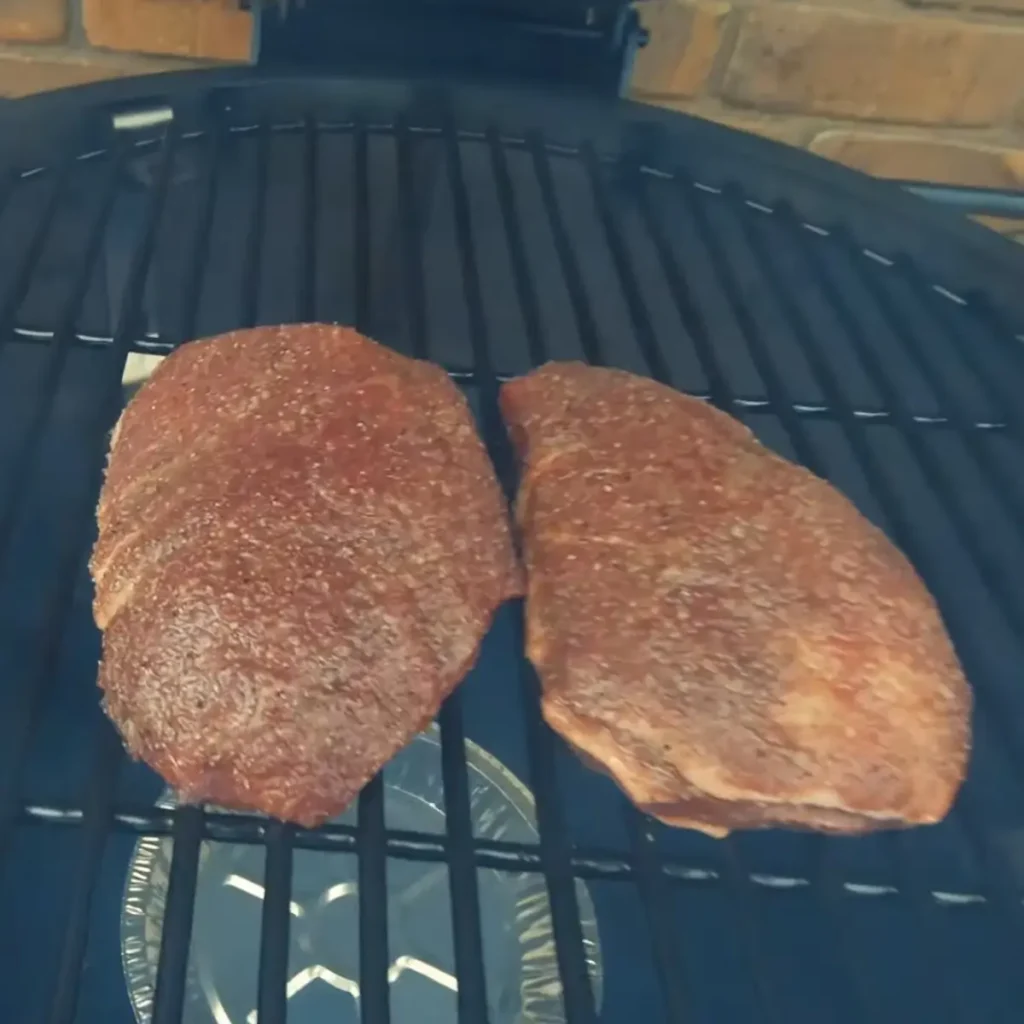
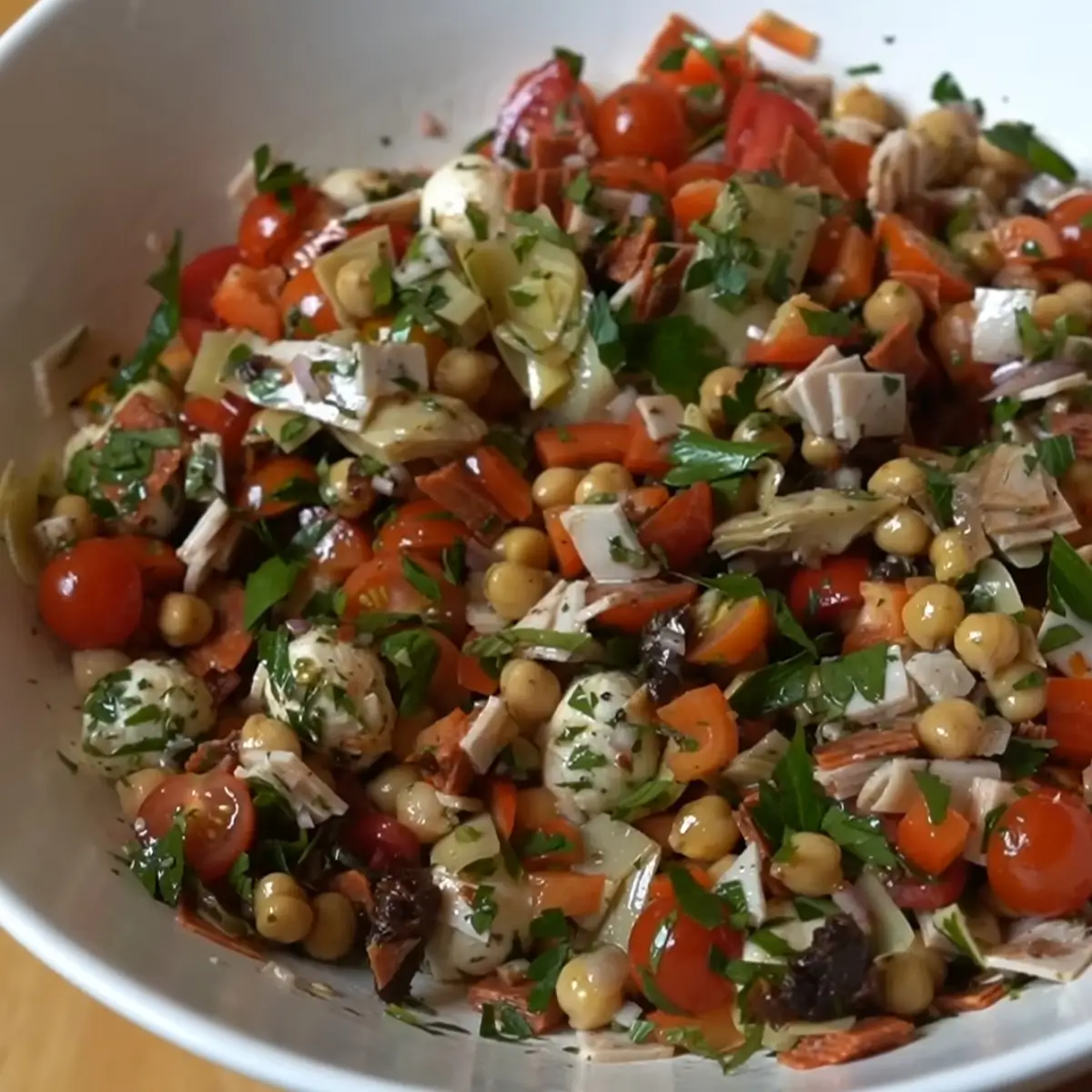

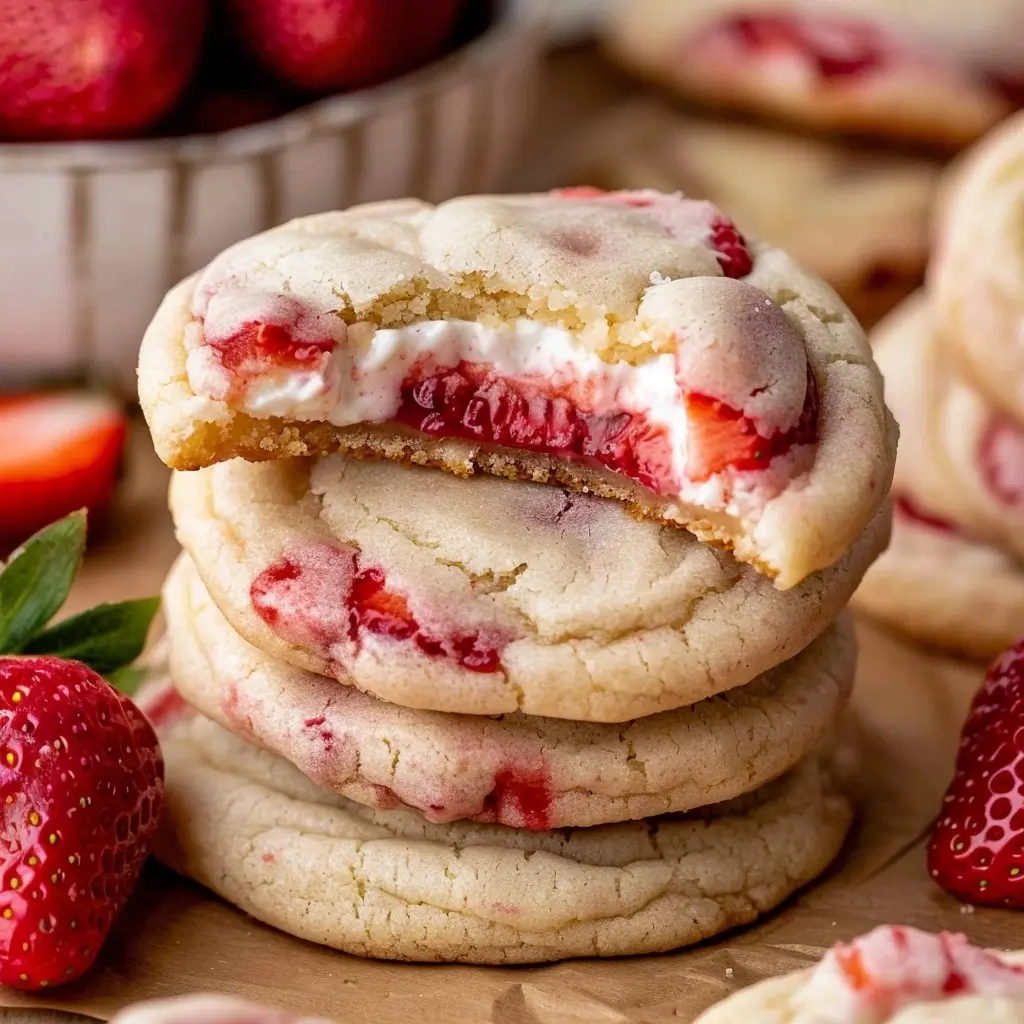

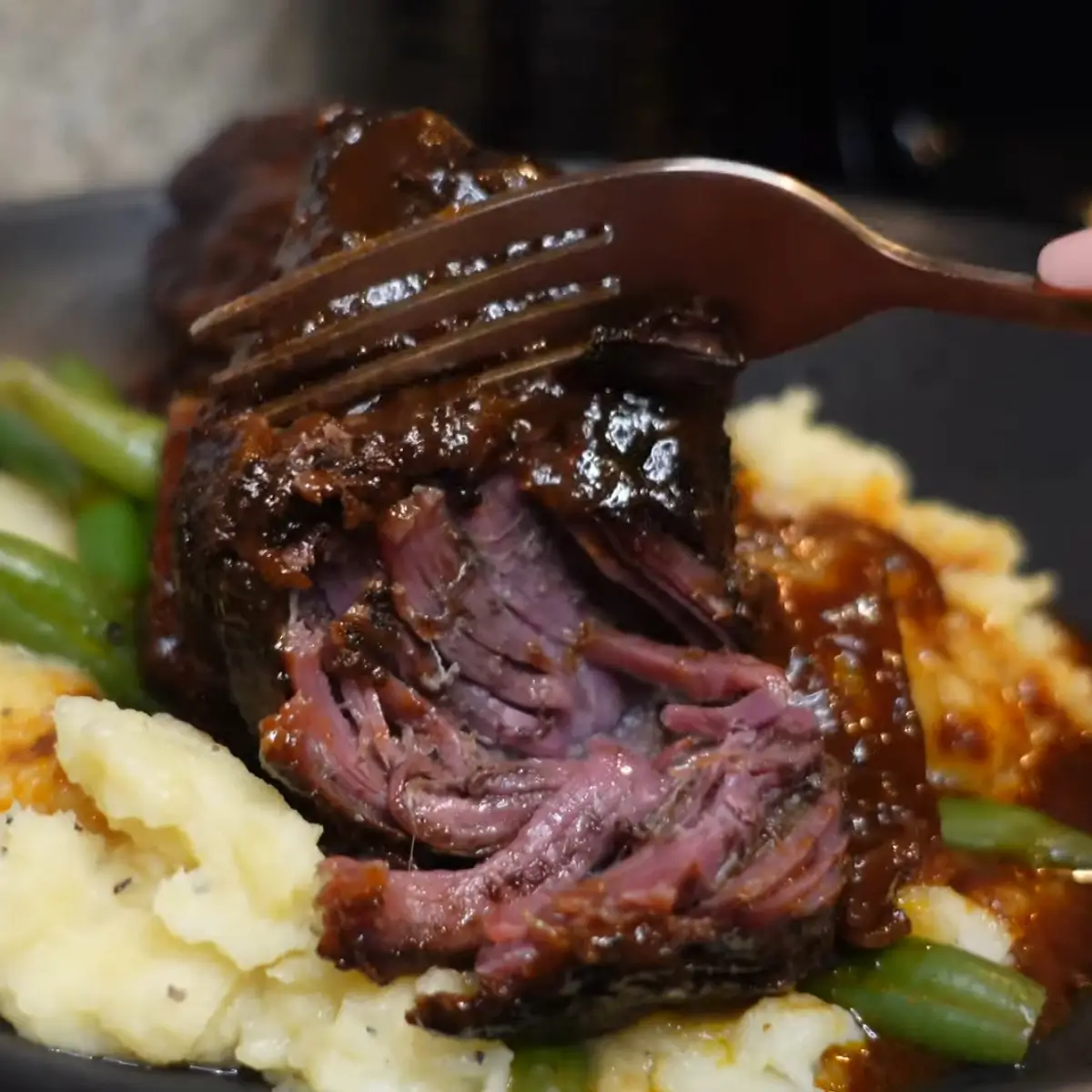
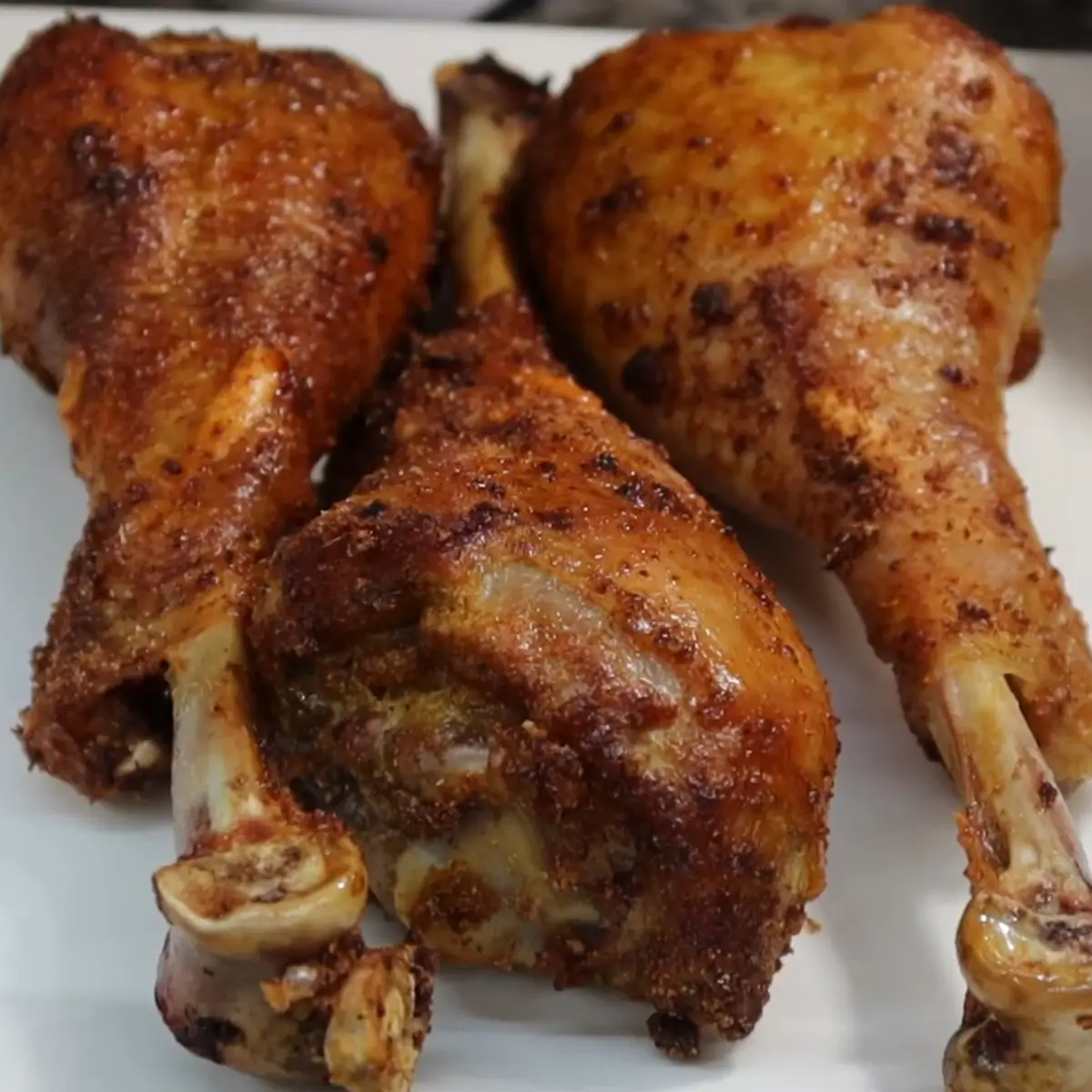
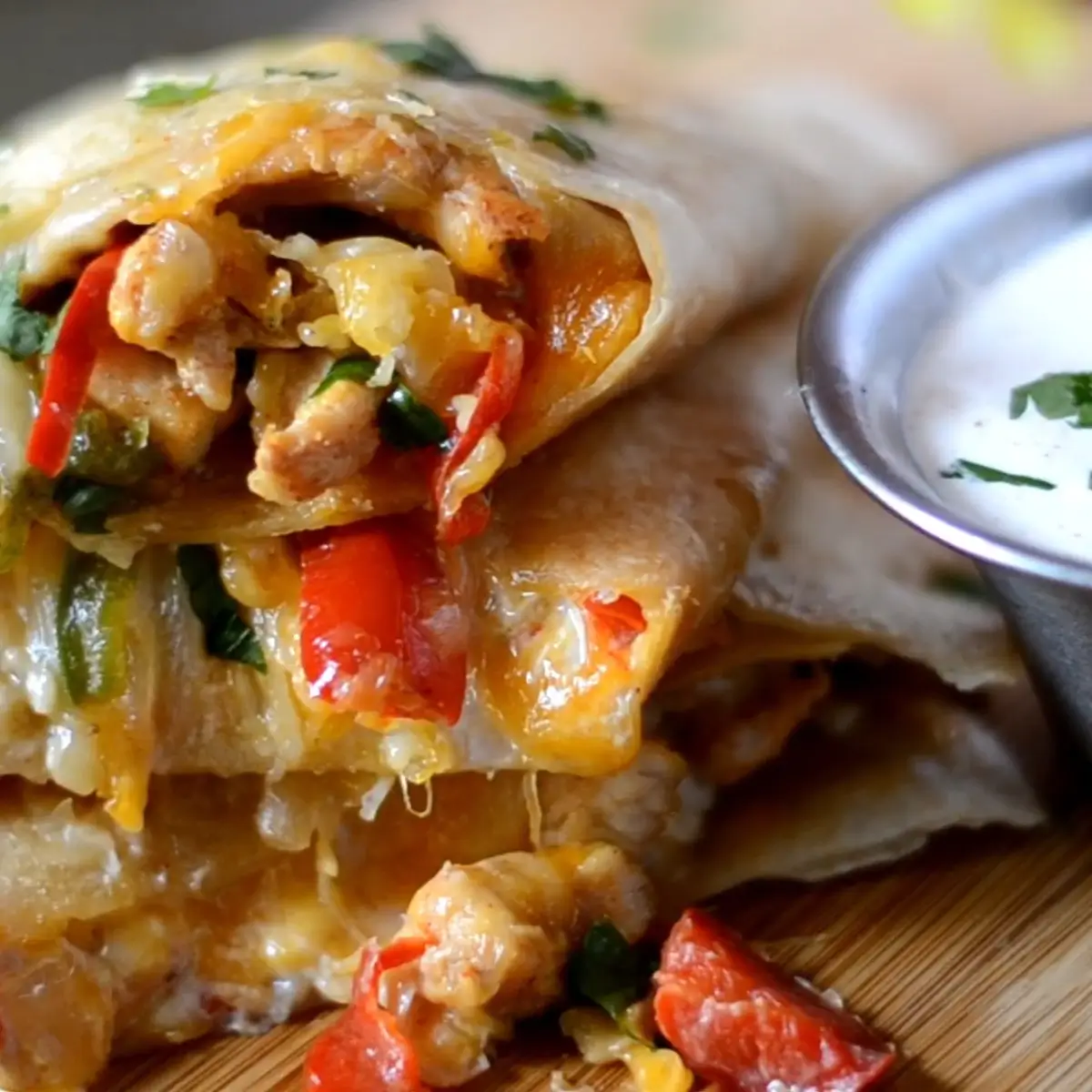
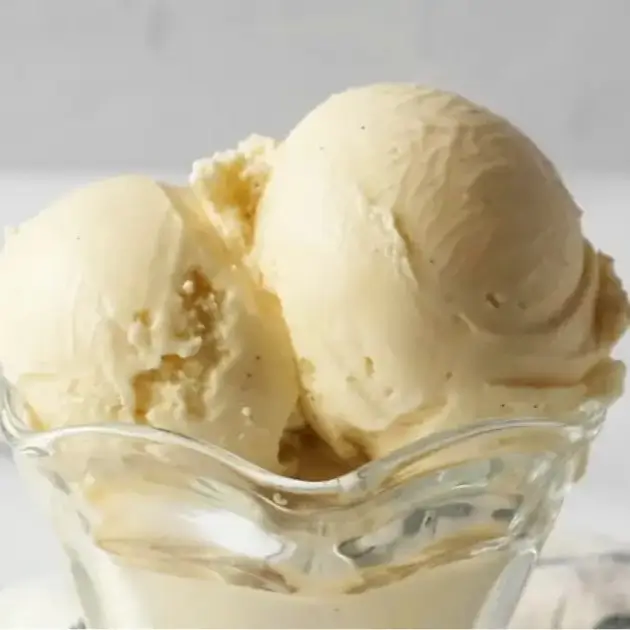
11 thoughts on “How to Smoke Beef Cheeks: A Step-by-Step Guide to Rich, Tender BBQ”